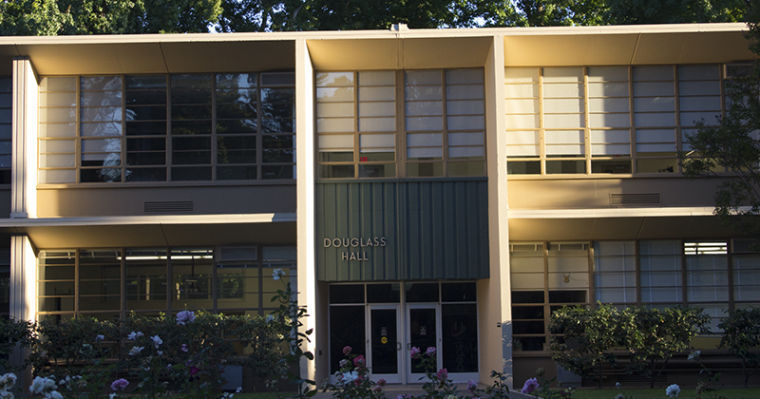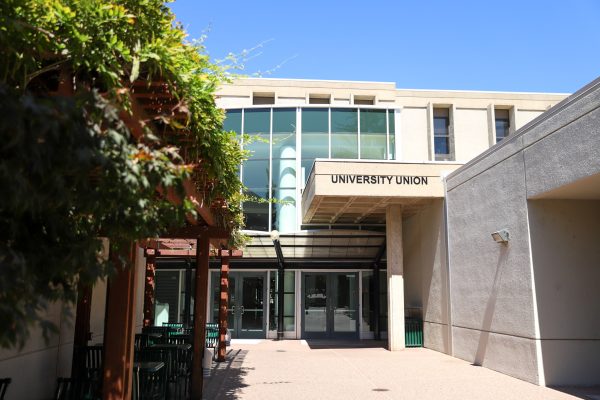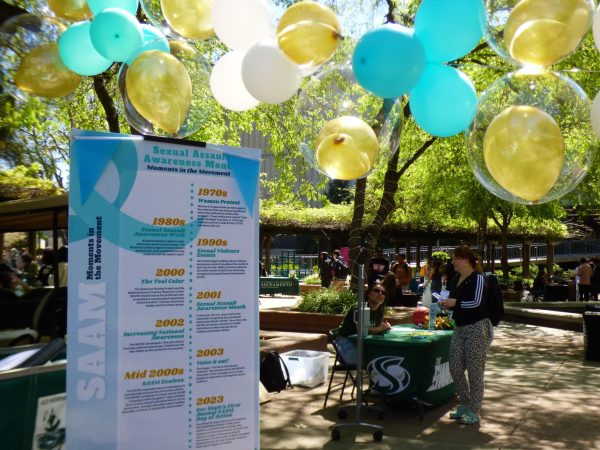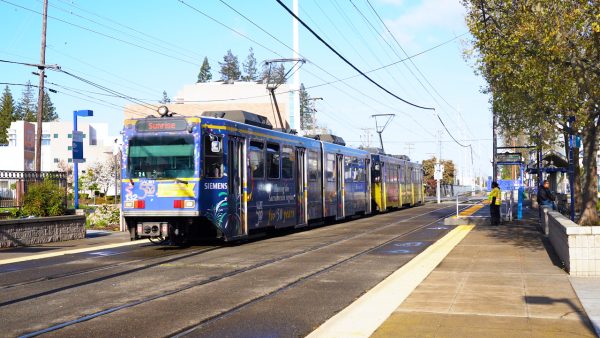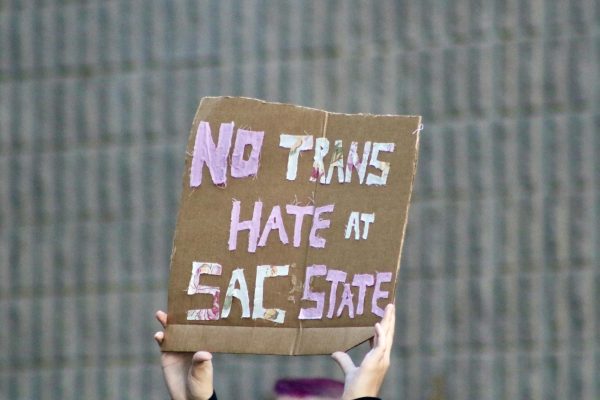Sacramento State Master Plan includes new facilities, parking structures
Architects looked at the buildings around campus and decided Douglass Hall will be one of the ones they will be working on.
September 25, 2013
Sacramento State’s Master Plan Task Force began a series of public forums Sept. 17 to discuss the development of the campus over the next 15 to 20 years.
The forum presented multiple concepts for the future of Sac State’s campus including academic and recreational facilities and solutions to problems like traffic flow and parking.
The task force introduced concepts and ideas as well as received input and feedback from the campus community. The development will be funded in part by the state, student tuition and donations designed to sustain improved areas years after completion.
The task force includes campus representatives as well as local industry partners such as A.C. Martin and Partners, the architectural firm contracted to the job.
Richard Thompson, director of urban design at A.C. Martin, said one of the goals of the new master plan will be to upgrade academic buildings and accommodate future growth. In order to gain the open space necessary to do so, buildings will need to be removed.
The campus’ oldest buildings – Alpine, Brighton and Calaveras Halls – were described by Thompson as beyond usable life and are now candidates for replacement.
Thompson said any plan to remodel or replace the buildings would be difficult because of the large number of classes held in the buildings each year.
“You’ve got to replace them before you take them away,” Thompson said.
Once removed, another way to generate space for any new academic facilities, on-campus housing or parking structures, would be to add more levels within each building in order to hold more classrooms or parking spaces.
Although one of the goals is to push towards alternative transportation, including public transit, a parking structure is being considered to replace some of the lots and save space.
“A vision we have is to push away from a commuter campus and create a vibrant campus life,” said John Pawlak, a planner and urban designer at A.C. Martin.
Pawlak also said doing this would be a way to stay environmentally friendly as well as solve some of the congestion issues.
To do so, Thompson said additional on-campus housing will be on the agenda for the next 20 years, meaning the current 1,600 beds will eventually be raise to about 3,000. Not only would more on-campus housing affect the traffic flow, but it would create more parking for those who drive to class.
Some of the concepts designed by the task force include parking structures located near campus entrances to avoid long lines of cars and additional entrances to the campus.
Another vision is to create a more eco-friendly environment and improved landscaping. Also being considered are recycling programs, solar panels and storm drains that effectively use water before putting it back in the river.
Though there are many ideas and possibilities for the long-term development on campus, the goals and visions have not been ranked in order of importance.
“None of this is anything but ideas to get a feel from the [Sac State] community,” Thompson said.
The first of the forums was designed to present data and analysis while discussing the information Sac State Community. In October, another forum will be held to present design concepts that will also include feedback from the community. In December, a final forum will be held to present the final master plan.































































































































